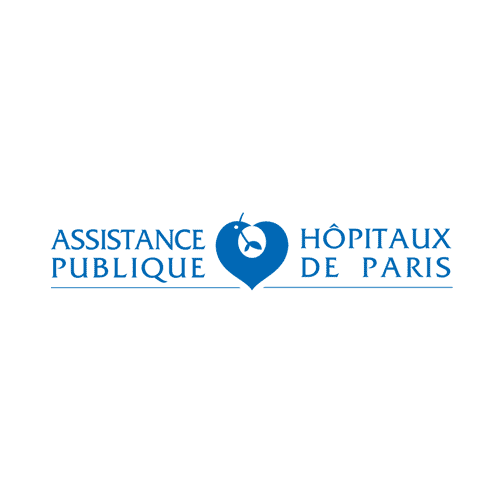
Technological scouting

Identify the right technologies to meet your needs and boost your competitiveness
For more than 30 years, our specialized team has been supporting companies in their technological scouting projects, helping them find the best technical solutions and suppliers to meet their needs.
They trust us

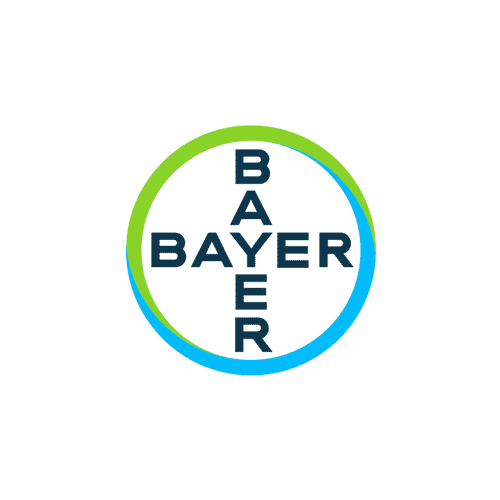
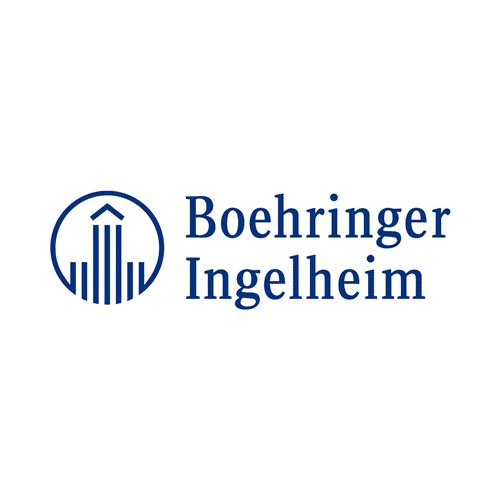

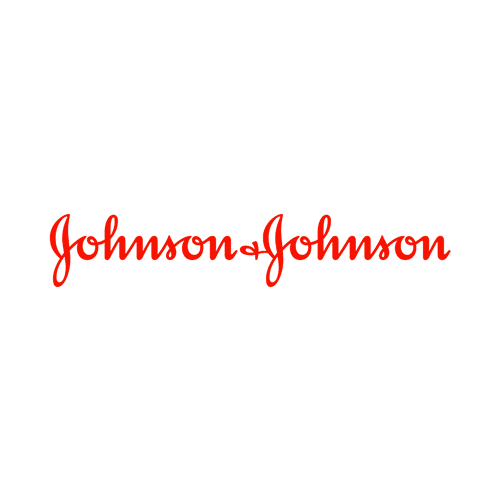
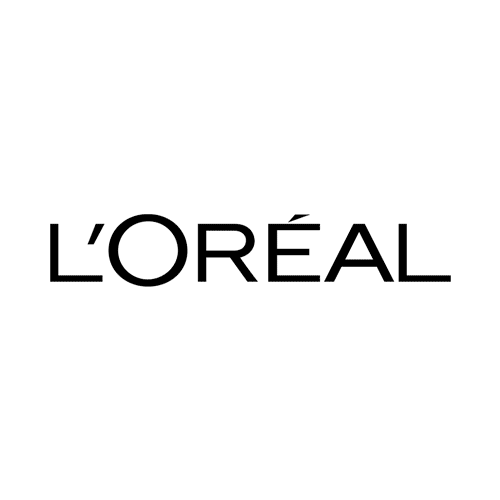
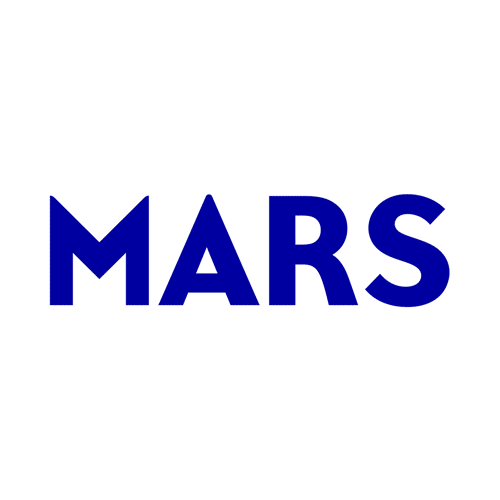
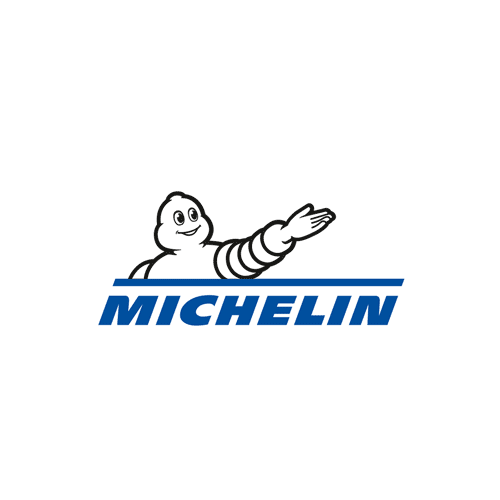

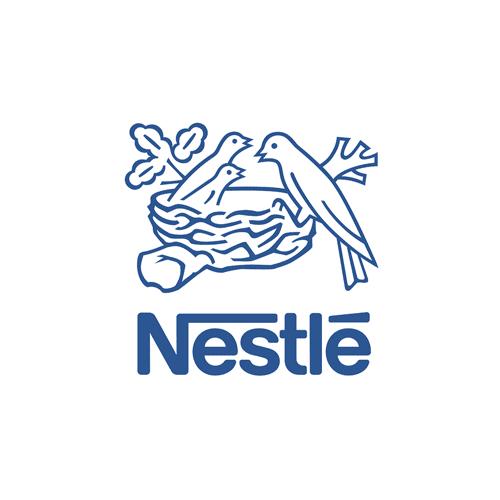
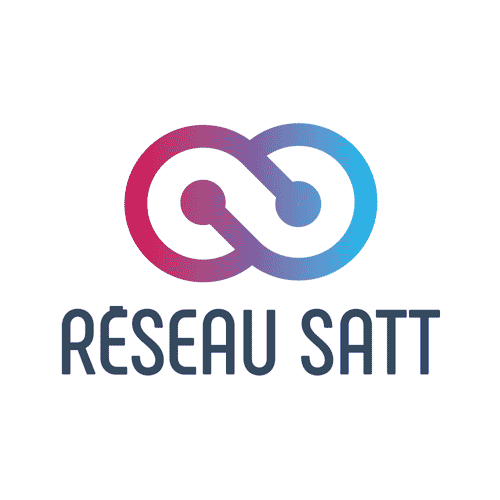
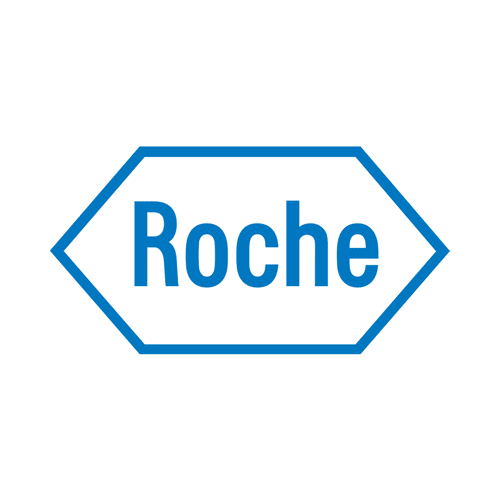

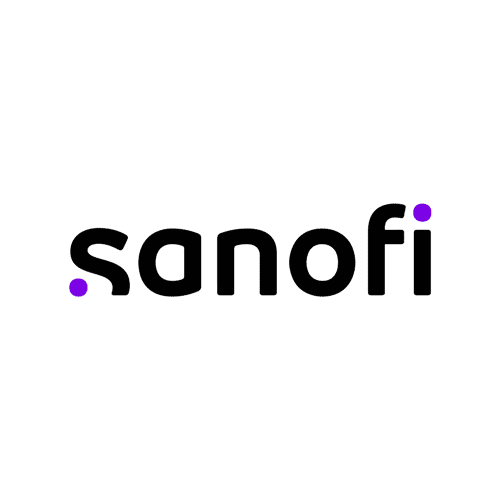
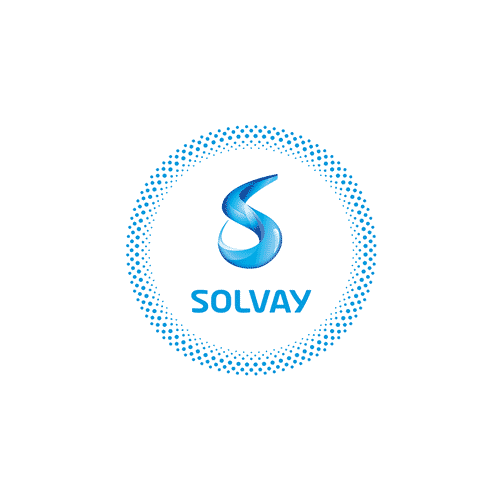
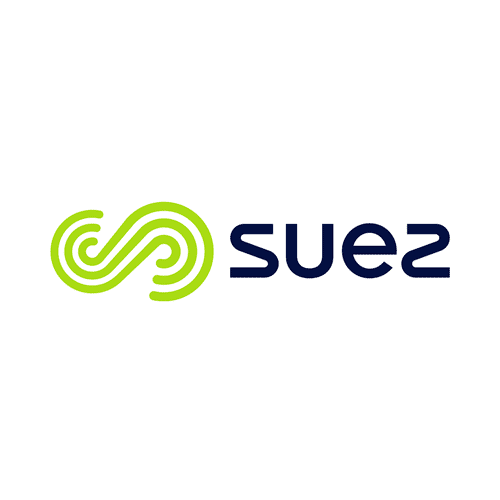
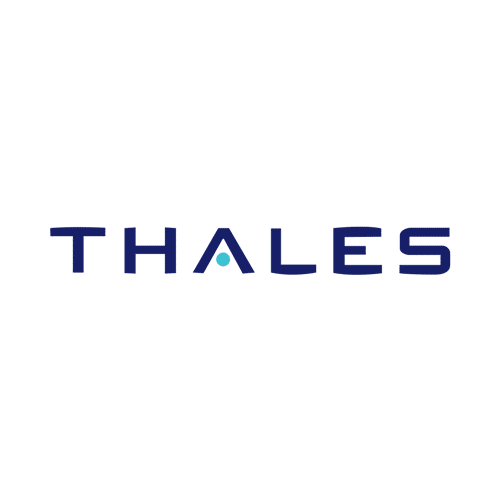
Key success factors for technology scouting
As new technologies emerge and transform industries, companies are regularly pushed or tempted to adopt these innovations to stay ahead of the curve and maintain their competitiveness. The best way to answer the needs and desires of these companies is to landscape the technologies available and scout for the best solutions. The success of this type of investigation hinges on a few key success factors:
When scouting for technologies, different strategies can prove fruitful. Whether the strategy is to continuously monitor the landscape of technologies until the perfect solution appears or to perform a single snapshot of this landscape to choose the current best available option, one question remains: what is the best manner to approach the technological providers and to adopt their innovations? Both in terms of contract terms, timing and integration steps, having a clear strategy of adoption and/or partnership is also a key success factor in technological scouting.
When is the ideal time to approach a technological provider? What should the terms and conditions of this partnership/acquisition be? What is the roadmap to integrating this technology?
Precisely defining the scope of the investigation and/or a set of use cases to be covered by the new technology is crucial to establish a list of requirements and specifications, and thus to steer the investigation towards the right technological solution.
What is the exact need to be covered? What are the requirements and scope of the use case(s) to be investigated?
Understanding the conditions attached to the usage of a new technology is one of the most important aspects to explore when scouting for technologies. Indeed, whether this technology is licensed, sold, or shared, whether its resulting products are the intellectual property of the provider or of the client, and similar other factors, will determine the user’s freedom to operate. Independently of how valuable a technology is, these conditions could open the doors to fruitful new opportunities, or on the contrary, hinder the user’s ability to innovate and generate value.
In what conditions can the scouted technology be used for commercial or industrial purposes? How is intellectual property defined and protected when this technology is used?
Similarly to the freedom to operate, other criteria need to be assessed when scouting for technologies. Indeed, these criteria will help to sort and rank the solutions explored, and thus identify the best possible technology. Clearly defining these criteria (e.g. level of maturity, proofs of concept, business model, patents, …), and aligning them with the project’s final expectations and requirements, is necessary to guarantee a successful scouting.
What criteria need to be studied and evaluated in order to rank technologies in relation to each other? What are the acceptable thresholds for each criteria?
Once a first characterization and pre-selection of technologies has been made, a key step to orientate the final choice is to challenge the technologies characterization with current users on aspects such as: their general level of satisfaction, real-life constraints and technical challenges, key team skills and organization, level of investment and operational costs, … This will enable to challenge and fine-tune prior characterization according to end-users’ feedbacks.
What are the feedbacks of players using these technologies daily? How is their feedback different from previous investigation insights with key experts, suppliers and literature analysis?
Once a technology has been selected, successfully integrating it into internal operations and ensuring its adoption by all teams often requires more than just technical implementation. Ensuring that teams receive the right information and training to extract maximum value from the new processes is also vital to maximizing the potential of this transformation project.
Does the new technology require any type of information or training to be provided to internal teams? Can these requirements hinder the technology’s adoption and perennity in the organization?
How we support you in your scouting projects
We help our clients to identify, characterize, prioritize and select technologies, whether to replace an existing technology or to change practices in a particular field.
The diversity of our clients and projects, of our areas of intervention (R&D, industrial operations, production, distribution,…) and of the means we use (in-depth literature and web analysis, targeted interviews, learning expeditions, virtual ad-boards, innovation round tables, open innovation challenges,…) gives us a solid experience in scouting exercises.
Examples of recent scouting projects carried out for our clients
Technology scouting for a medical device player
We worked with the R&D team of a leading medical device manufacturer who wanted to identify and evaluate smart sensors to develop a new connected object.
After having discussed with our client’s team to identify the state of internal knowledge and to frame our scope of investigation, we first predefined the evaluation criteria (level of maturity of the technology, technical performance, partners involved, scope of development capacities, etc.) for our investigation. Once this first step was completed, we identified and analyzed potential technologies and associated players on the market in a broad way, and then characterized a final selection of the most relevant players and technologies.
In the end, we were able to recommend 3 possible solutions to our client through this technology scouting, according to the criteria we defined together.
Technological scouting for a healthcare player
For an industrial client in the healthcare sector, we identified connected technologies adaptable to medical gas cylinders, in order to optimize logistics flows and offer new services, such as the monitoring of patients’ physiological parameters for example.
After having precisely defined with our client the filter criteria of the technologies to be explored (maturity level, price, competitive intensity, freedom to operate, …), our team made a first selection of technologies relevant to our client. Then, after having defined and chosen a finer selection, our team analyzed for each technology the types of data that could be obtained, their value as well as their limits (connectivity, remote communication, autonomy, …).
In fine, we recommended to our client 3 key technologies for his project and introduced him to the developers of these technologies to establish a partnership or discuss a potential acquisition.
Technological scouting in food industry
For a leader in the beverage sector, Alcimed carried out an exhaustive mapping of technologies for 4 key processes: pasteurization, deaeration, mixing and filling.
One of the missions of our client’s R&D team was to stimulate upstream innovation and feed the project pipeline for all business units worldwide. In this context, our client wanted to have an overview of key technologies and to open up to key external players to increase their performance level, be more innovative and improve product quality and integrity.
Through a scouting exercise, our team identified 26 technologies around the world, evaluated 8 of them in depth and finally selected 6 of them as priorities for our client.
Scouting for new ingredients and potential associated partners
In light of the clean label trend, one of our customers in the food industry was facing a growing demand for natural ingredients from its customers and called upon our team to better understand alternatives to synthetic emulsifiers and identify potential partners.
Using a three-step approach, our team first defined the scope of the project with our client and predefined key evaluation criteria, before mapping and characterizing natural emulsifier alternatives and associated partners. We then tested the receptivity of potential customers to the short-listed alternatives.
Finally, we recommended to our client two potential solutions to be considered and prioritized the players to be favored.
Identification of encapsulation and delivery technologies for a chemical manufacturer
Our client, a leader in the chemical manufacture industry, wanted to identify emerging encapsulation and delivery technologies as well as associated opportunities for them.
We helped them answer three key questions: What are the main and becoming technologies meeting the market trends for fragrance microencapsulation? Was there an opportunity for them to get positioned and play in this landscape? And if so, how to get positioned and where in the value chain?
With these insights, our client identified not only promising technologies and strategic partnerships to establish, but also how to best incorporate these new technologies into the development of their product portfolio.
Landscaping and evaluation of technologies and CROs for streamlined target assessment in animal health
Our client, a leader in the animal healthcare industry, aimed to build a streamlined target review process for results from –omics outputs.
In order to help them in this endeavor, we conducted an initial landscaping of the necessary technologies and CROs, by benchmarking the capabilities in Pharma and Biotech to understand how -omics output screening processes are conducted for human health. Our team then analyzed the technologies/model systems and CROs that could be used for screening in various therapeutic areas in animal health.
Through this exercise, we helped our client prioritize the most actionable therapeutic areas and thus identify the most strategic areas of investment. Finally, Alcimed helped our client prepare an investment proposal with a comprehensive analysis to convince top leadership of the necessary investment plan.
Mapping and selecting artificial intelligence providers for digital pathology applications
One of our clients, a leader in the medical device industry, was searching for a competent partner in programming artificial intelligence applications for digital pathology, with the objective to extend its product offering.
To do so, our team conducted a global scouting of innovative AI providers, which were notably analysed in terms of technological maturity, business maturity and their network strength.
Based of our scouting work, a selection of prioritized providers was approached to explore opportunities of collaboration with our client.
You have a project?
To go further
Founded in 1993, Alcimed is an innovation and new business consulting firm, specializing in innovation driven sectors: life sciences (healthcare, biotech, agrifood), energy, environment, mobility, chemicals, materials, cosmetics, aeronautics, space and defence.
Our purpose? Helping both private and public decision-makers explore and develop their uncharted territories: new technologies, new offers, new geographies, possible futures, and new ways to innovate.
Located across eight offices around the world (France, Europe, Singapore and the United States), our team is made up of 220 highly-qualified, multicultural and passionate explorers, with a blended science/technology and business culture.
Our dream? To build a team of 1,000 explorers, to design tomorrow’s world hand in hand with our clients.
Scouting is a research technique used to identify new business opportunities, technologies or innovations. Scouting is important for companies operating in fast-moving industries, where innovation is essential to remain competitive and at the forefront of their sector.
Technological scouting consists in identifying technologies that meet a precise set of specifications and enable a player’s practices to evolve, making them more competitive in their market.
A technological scouting project generally takes place in 3 phases: an initial phase of mapping potential technologies and making an initial selection, a second phase of fine-tuning the selection and choosing the best possible technologies, and a final phase of exchanges with the suppliers of these technologies to establish a final analysis enabling the best technology or partner to be chosen.
The key steps for successfully scouting for new technology are:
- Defining the investigation scope and use cases to be covered;
- Understanding the evaluation criteria to be used to identify the best and most suitable solution;
- Identifying, characterizing and ranking potential technologies and associated players;
- Challenging and fine-tuning the characterization of top promising solutions with end-users;
- Selecting the best technology to acquire or the best player to partner with, as well as defining how the adoption strategy.